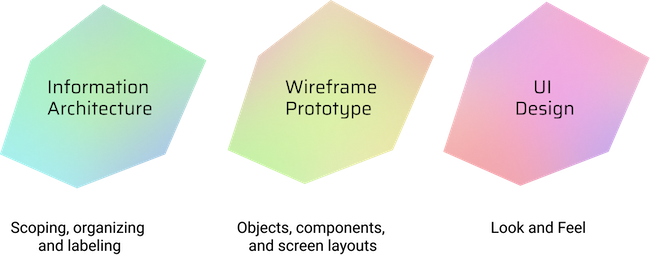
Similar to building architects who use blueprints to construct the parts of a house or a physical structure with complex inner workings such as electrical wiring, information architecture describes the hierarchy of navigation functions and interactions in a website or application.
Simply put, is the creation of the structure of a website, application or other project that enables us to understand how we, as users, can obtain the information we want about our position. When a designer designs a top-level menu to help users understand where they are on the site, they practice information architecture (IA).
Unlike building complex structures, information architects perform a range of tasks, including user research, map sorting, content inventory, location mapping, and labeling. The goal of the IA is to clearly classify content and comprehensibly and to arrange it according to the relationship between its components so that users can find what they need without additional effort.
In essence, the information architecture process involves:
This means understanding your users, their needs and goals, as well as the information they are looking for to create a structure that meets their needs.
The challenge in building an IA is understanding how your app or website works from a user perspective and organizing the information in a readable and readable format. The information architecture aims to organize the content in such a way that users can easily customize the functionality of the product and find what they need without much effort. Information architects spend their time structuring content so that users can find what they are looking for easily. They also spend a significant time defining the vocabulary and the naming conventions that make the product intelligible to first-time users, and that is critical to keep consistent throughout the entire design and development cycle.
Information Architecture is here to help product teams attain:
- consistent and streamlined prototypes,
- more constructive feedback during the user tests sessions
- better onboarding at launch
- and ultimately less churn


